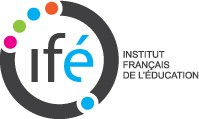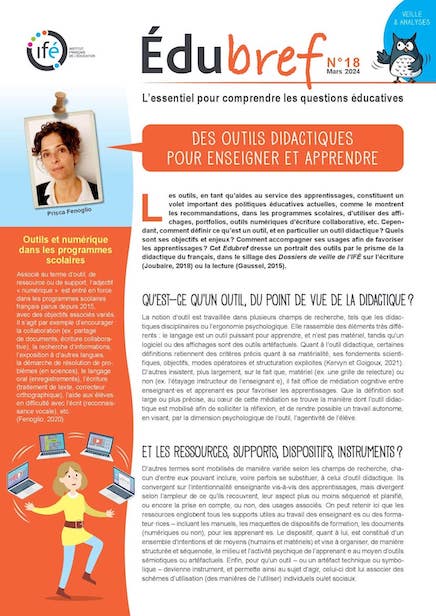Girls’ and women’s literacy with a lifelong learning perspective. Issues, trends and implications for the Sustainable Development Goals
Auteur(s) : Louise Wetheridge
Editeur(s) : UNESCO
Date : 05/2016
The global literacy challenge is gendered. An estimated 757 million adults and 115 million young people globally lack basic literacy, for the past two decades women have accounted for approximately two thirds of all illiterate adults, and the gender gap is nearly as wide among young people. Women’s illiteracy remains stubbornly high at 477 million, falling just 1 per cent since 2000. Half the adult women in South and West Asia and sub-Saharan Africa cannot read or write.
Gendered educational disparity begins at the primary and continues at the secondary level of education. Despite significant increases in girls’ enrolment in basic education, fewer than half of countries with data have achieved gender parity at the primary and secondary levels. Girls comprise the majority of out-of-school children and young people –15 million school-age girls worldwide will never set foot in a classroom. Quality and equality in education are significant factors in keeping girls out of education, preventing learning and curtailing literacy.
This background paper sets the scene for literacy, gender and equality on the global stage. It outlines the key trends and issues in literacy and equality to date, and promotes the place of literacy in the post-2015 SDGs, with a particular focus on SDG4, which commits us to ‘ensure inclusive and equitable quality education and promote lifelong learning opportunities for all‘.
(pdf, 48 pages)
Télécharger le document : http://unesdoc.unesco.org/.../244959e.pdf
mot(s) clé(s) : genre, inégalités, littératie, compétences et pratiques langagières














